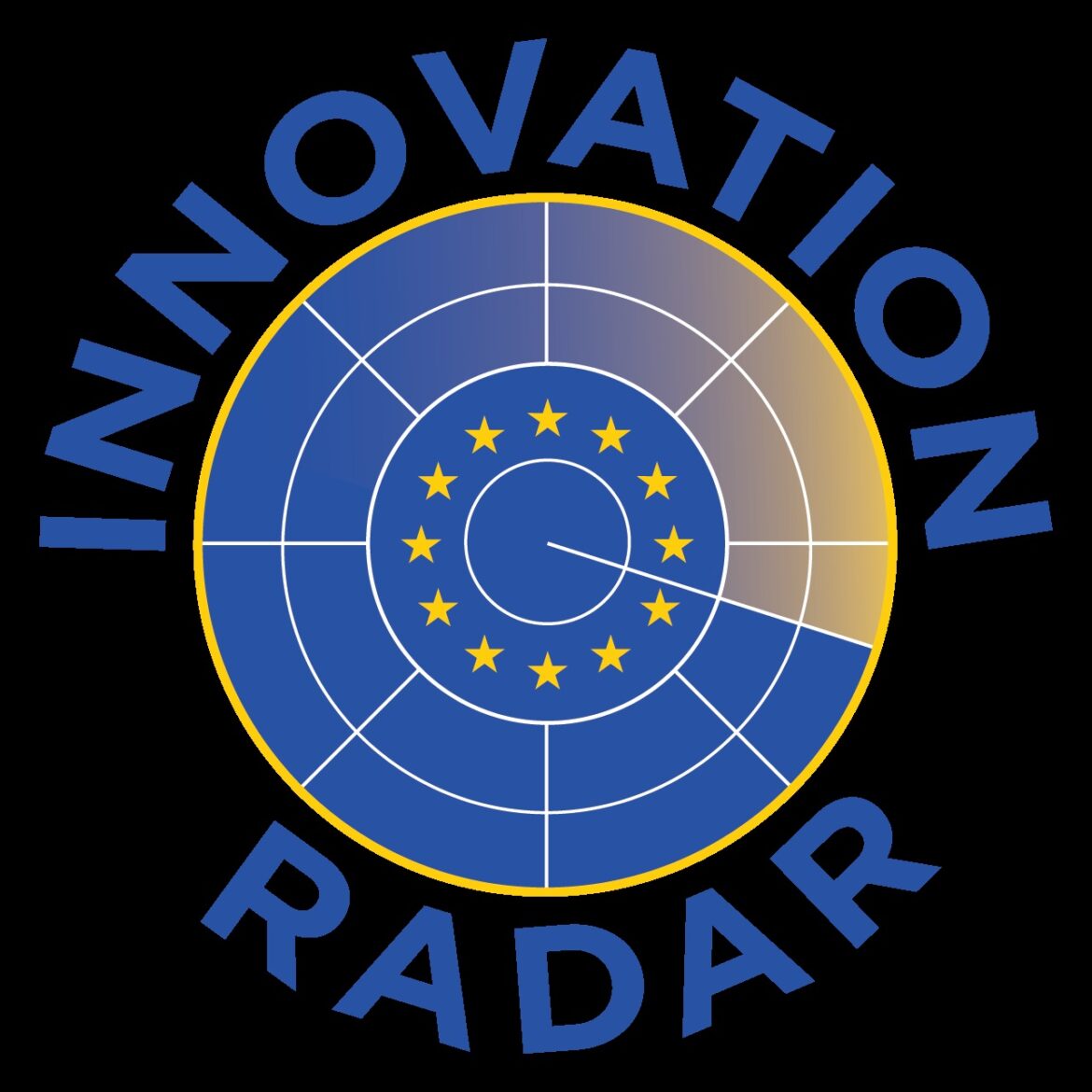A multisensory social communication platform using virtual and augmented reality tools, a pulsed laser used in spectroscopy, new models for the operation of lithium-ion cells and the detection of protein aggregation in the human brain responsible for the development of cognitive dysfunctions are five projects in which researchers from the University of Warsaw (UW) are involved and which are on the European Commission’s Innovation Radar platform.
Innovation Radar is a database of the most innovative initiatives carried out by leading researchers and funded by the European Union.
The UW researchers’ projects listed there include:
Computer simulation of turn taking in XR environments, carried out as part of the GuestXR: A Machine Learning Agent for Social Harmony in eXtended Reality project, which aims to create an interactive social platform using augmented and virtual reality solutions.
Tuneable pulsed laser for applications in spectroscopy, carried out within the TopoLight: Soft Matter Platform for Optical Devices via Engineering of Non-Linear Topological States of Light project, which aims to create liquid crystal optical devices that exploit non-linear topological states of light.
3D-microstructure analysis algorithm for improved design guidelines for Si-based Li-ion batteries and Development of a multiscale aging model of Si containing anodes, carried out under the SINTBAT project: Silicon-based materials and new processing technologies for improved lithium-ion batteries, aiming to develop energy-saving, low-cost and efficient energy storage systems using lithium-ion cells.
Stimulated emission for detection of amyloid oligomer intermediates, carried out within the UPRECON project: Ultrafast photonics for the detection and recognition of toxic spine-structures of amyloid aggregates linked to neurodegenerative disease, which assumes the use of laser technology to detect clusters of abnormal proteins in the brain, which could revolutionise treatment methods for neurodegenerative diseases, which involves using laser technology to detect clusters of abnormal proteins in the brain, which could revolutionise treatments for neurodegenerative diseases.





